The Jewish Manual
The Jewish Manual
Practical Information In Jewish and Modern Cookery With a Collection of Valuable Recipes & Hints Relating to the Toilette
Book Excerpt
begins to froth, pour in a wine-glass of port
wine, half an ounce of black pepper, a little mace, four spoonsful
of ketchup or Harvey's sauce, a little salt, and the peel of a lemon
grated; boil all together, let it grow cold, when it must be skimmed
and bottled for use.
It may also be prepared as required, by putting a small piece of clarified fat with one ounce of coarse sugar, in an iron spoon, melting them together, and stirring in a little ketchup and pepper.
When good stock or consommé is prepared, it is very easy to form it into any kind of soup or sauce that may be required.
* * * * *
GRAVY SOUP.
Take about three quarts of any strong stock, seasoned with a bunch of sweet herbs, a carrot, turnip, and a head of celery, which must not be served in the soup. Vermicelli, maccaroni, or thin slices of carrot and small sippets of fried bread cut in fancy shapes, are usually served in this soup.
* * * * *
MOCK TURTLE.
Half b
Editor's choice
(view all)Popular books in Cooking, Non-fiction
Readers reviews
5.0
LoginSign up
Thought to be the first English cookbook to cover Jewish cookery, this collection of recipes by Lady Judith Cohen Montefiore won't seem very "Jewish" to those who are used to bagels and lox. Montefiore was the wife of the baronet Sir Moses Montefiore, the financier and philanthropist, considered by some to have been the most important observant Jew of the 19th century. She came from a wealthy Ashkenazi family and he was of Italian-Sephardic heritage; they were kin to the Rothschilds. Her recipes, therefore, reflect that of upper-class British society; she assumes her readers have servants.Glimpses of Jewishness are seen in such recipes as a sauce for steamed puddings "without butter," for of course the Montefiores kept kosher and did not mix dairy and meat -- the dessert after a meat meal could not have the typical hard sauce using butter. She also includes some recipes using matzo flour and other Passover dishes, a handful of Ashkenazi specialties such as kugel and a number of Sephardic dishes, including the elaborate bola d'amour, a confection calling for 20 eggs.Montefiore does not, however, make any explanations of kashruth, not even instructions on how to kasher meat, even though, reportedly, her world-traveling husband used to employ a personal schochet (ritual slaughterer) to ensure he always had a supply of kosher meat.The recipes, nevertheless, are fascinating, and Montefiore's instructions clear enough that an experienced cook ought to be able to follow them.
- Upvote (0)
- Downvote (0)
Thought to be the first English cookbook to cover Jewish cookery, this collection of recipes by Lady Judith Cohen Montefiore won't seem very "Jewish" to those who are used to bagels and lox. Montefiore was the wife of the baronet Sir Moses Montefiore, the financier and philanthropist, considered by some to have been the most important observant Jew of the 19th century. She came from a wealthy Ashkenazi family and he was of Italian-Sephardic heritage; they were kin to the Rothschilds. Her recipes, therefore, reflect that of upper-class British society; she assumes her readers have servants.Glimpses of Jewishness are seen in such recipes as a sauce for steamed puddings "without butter," for of course the Montefiores kept kosher and did not mix dairy and meat -- the dessert after a meat meal could not have the typical hard sauce using butter. She also includes some recipes using matzo flour and other Passover dishes, a handful of Ashkenazi specialties such as kugel and a number of Sephardic dishes, including the elaborate bola d'amour, a confection calling for 20 eggs.Montefiore does not, however, make any explanations of kashruth, not even instructions on how to kasher meat, even though, reportedly, her world-traveling husband used to employ a personal schochet (ritual slaughterer) to ensure he always had a supply of kosher meat.The recipes, nevertheless, are fascinating, and Montefiore's instructions clear enough that an experienced cook ought to be able to follow them.
12/29/2013

 Free Download
Free Download













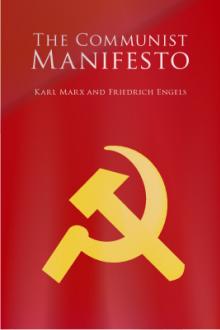
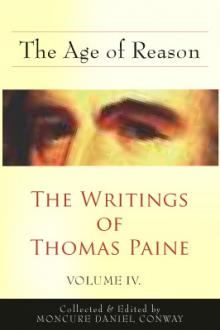
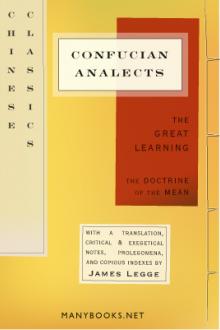
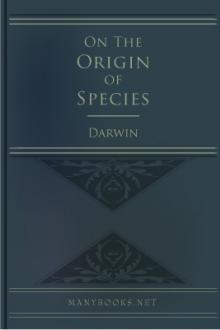
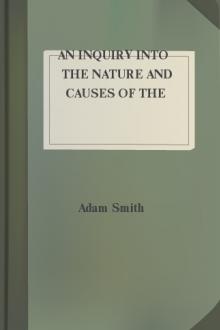
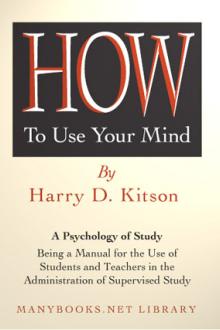
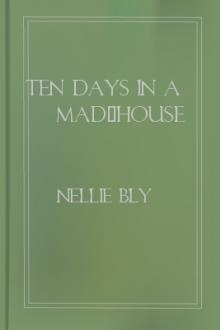
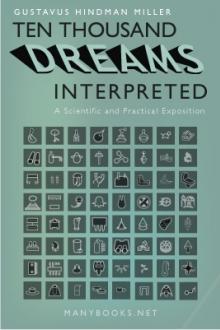
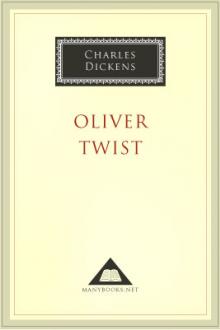
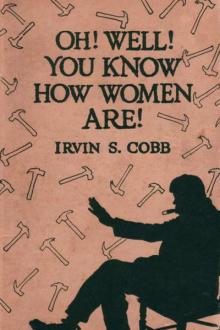

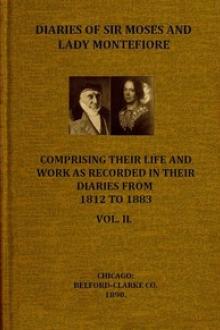
-itok=vcKIB5v1.jpg)